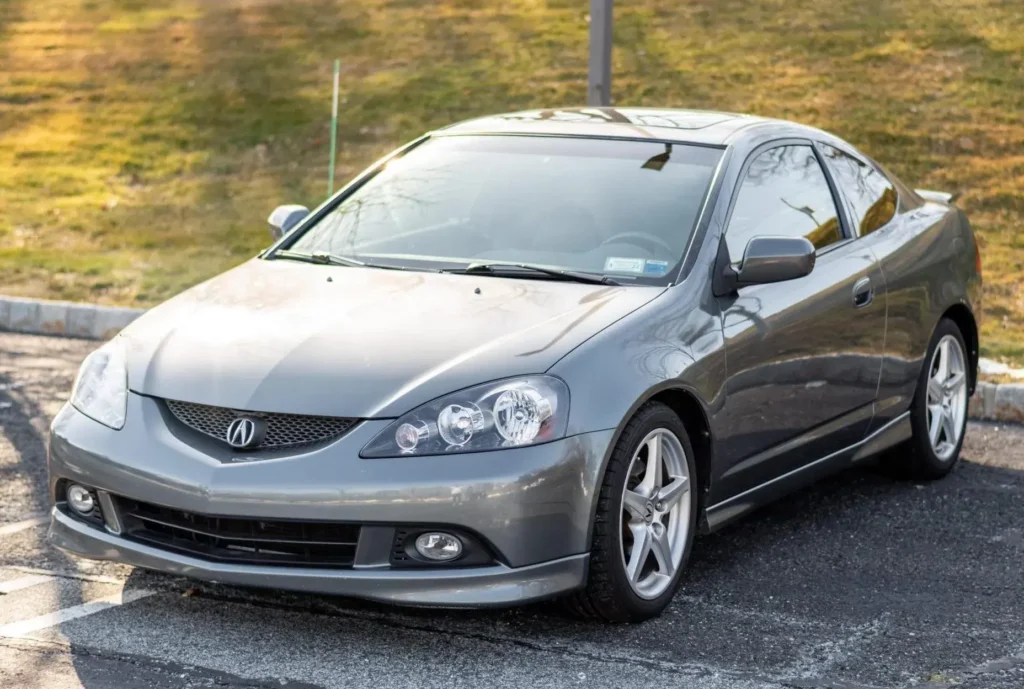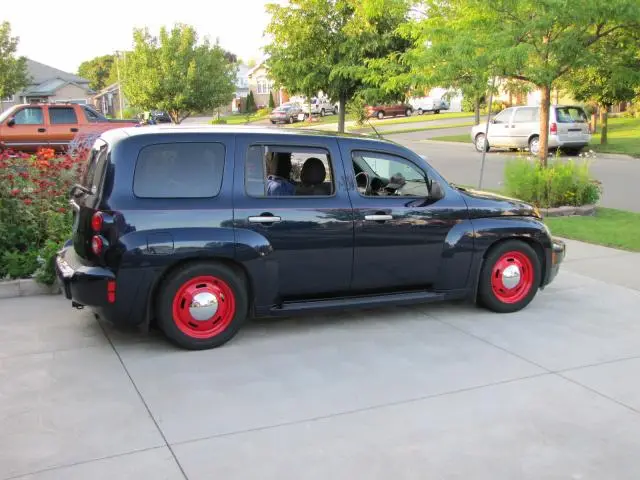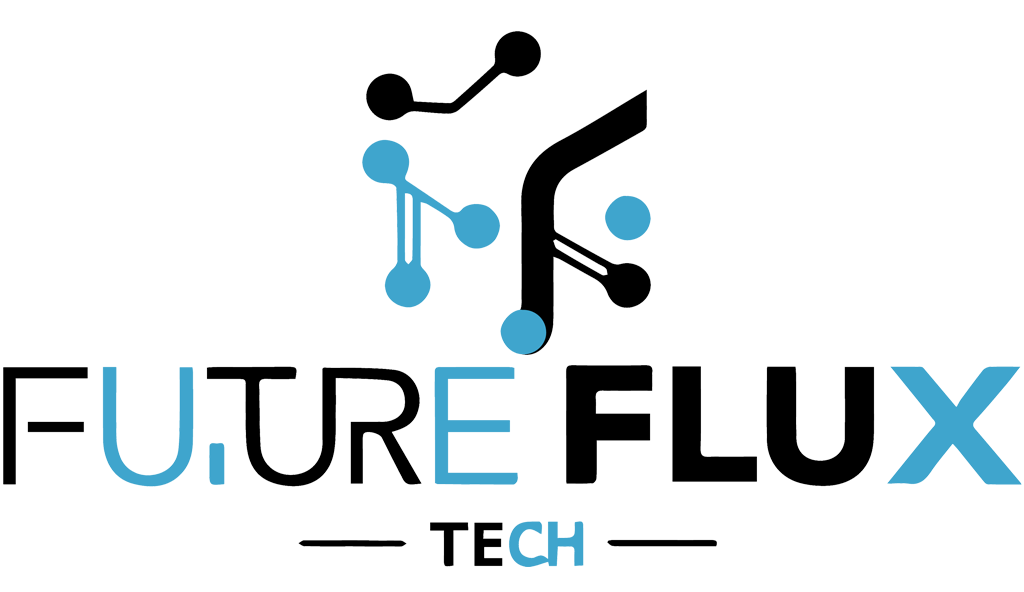The recent GM Cadillac Camaro transmission recall has brought serious attention to transmission safety in modern vehicles. With General Motors announcing a recall affecting more than 90,000 cars, including popular models like the Cadillac CT4, CT5, CT6, and Chevrolet Camaro, many car owners are now questioning how such a problem could affect daily driving and long-term vehicle performance. The issue lies deep within the 10-speed automatic transmission system—a sophisticated yet sensitive part of the drivetrain.
Drivers who purchased these luxury and performance models between 2019 and 2022 may now find themselves included in this massive recall. While performance and comfort are key elements of GM’s premium lineup, this sudden concern with potential front-wheel lockups is a serious safety issue that demands immediate attention. The recall was officially documented in March 2025 and has since been outlined by the National Highway Traffic Safety Administration (NHTSA) in report number 25V-148.
GM Cadillac Camaro Transmission Recall Reference Table
| Feature | Detail |
|---|---|
| Recall Number | NHTSA 25V-148 |
| Affected Brands | Cadillac, Chevrolet |
| Affected Models | CT4, CT5, CT6, Camaro |
| Model Years | 2019–2022 |
| Issue Type | Transmission Valve Wear |
| Risk | Front-Wheel Lockup, Loss of Control |
| Fix | Software Update for Transmission Module |
| Owner Notifications Begin | April 21, 2025 |
| Software Update Cost | Free of Charge |
| VIN Lookup | nhtsa.gov/recalls |
What Is the Issue Behind the Transmission Recall?
The GM Cadillac Camaro transmission recall is related to an internal wear problem inside the transmission control valve body. This wear builds up over time and can result in a drop in hydraulic pressure. Without the right pressure, gear shifting becomes unpredictable. In some extreme cases, this could lead to a sudden front-wheel lockup while driving, increasing the risk of a crash.
The 10-speed automatic transmission used in these models is meant to deliver smooth shifting and better fuel efficiency. However, GM discovered that some vehicles may not maintain proper hydraulic pressure during extended use, especially under specific driving conditions. This technical glitch affects both comfort and control. Even though the risk of wheel lockup is rare, the consequences could be serious enough to cause a loss of steering control.
GM engineers quickly developed a software update for the transmission control module that can detect wear earlier and take precautionary measures. The update acts as an early warning system by identifying internal wear up to 10,000 miles before it leads to more dangerous symptoms. Once the software detects abnormal patterns, it will limit the car to fifth gear and show a warning message, urging the driver to get service.
Which Vehicles Are Affected by the Recall?
The recall covers several Cadillac and Chevrolet models produced in recent years. These include the 2019–2020 Cadillac CT6, the 2020–2021 Cadillac CT4 and CT5, and the 2020–2022 Chevrolet Camaro. All affected vehicles use the 10-speed automatic transmission system.
Owners are encouraged to visit the Cadillac Recall Center or enter their VIN on the NHTSA recall checker to verify if their vehicle is part of this recall campaign. It’s important not to ignore recall notices, as driving a vehicle with an unstable transmission could pose a risk to both the driver and others on the road.
GM’s Fix: How the Software Update Works
GM is addressing the issue through a software-based fix, not a full mechanical replacement. Once the new transmission control module software is installed, the system will monitor valve body wear and behavior during gear shifts. If it detects that the pressure is falling due to internal wear, it limits the vehicle’s performance by restricting it to fifth gear and showing an alert on the dashboard. This helps prevent front-wheel lockup, reducing the chances of an accident.
The software also triggers a “service engine soon” light and displays a “reduced propulsion” warning to inform drivers immediately. Once the vehicle is restarted, it will return to full performance, but the system keeps tracking the problem until it is serviced. GM has rolled out this solution across its dealer network and is providing the software update free of charge.
According to GM, the recall notification letters were scheduled to begin reaching owners by April 21, 2025. Dealerships were already notified earlier, ensuring that service departments are ready for affected customers.
What Should Vehicle Owners Do Now?
If you own a Cadillac or Camaro that falls within the affected years, it is essential to check your VIN and schedule an appointment with your local GM dealer. Ignoring this recall could put you and others at risk, especially if the internal wear progresses unnoticed. Fortunately, this update does not require a full-day service visit and can usually be completed within a few hours.
GM’s proactive approach through this GM Cadillac Camaro transmission recall shows a renewed focus on safety, early detection, and digital solutions. Though the issue is tied to physical wear, the fix is based on predictive diagnostics—an approach that’s likely to become more common in the future of vehicle maintenance.
Customer Reactions and Industry Impact
So far, customers have responded with a mix of concern and appreciation. While many owners are disappointed that such an issue existed in high-end vehicles, they also recognize GM’s quick and free response. With many luxury brands opting for over-the-air updates, GM’s choice to offer in-person service shows its commitment to personalized customer support.
On a broader scale, the GM Cadillac Camaro transmission recall raises questions about long-term durability of complex transmission systems. Many automakers are shifting to digital monitoring and smart diagnostics, and GM’s handling of this issue may set a positive example for future recall management.
Conclusion
The GM Cadillac Camaro transmission recall reminds us that even the most advanced cars need careful attention to long-term mechanical integrity. General Motors’ quick response and clever use of software solutions to monitor and prevent risks marks a new chapter in how car recalls can be managed.
If you’re an owner of a 2019–2022 Cadillac or Camaro, it’s time to act now. By updating your software, you ensure your vehicle stays safe and your performance remains reliable. You can find more recall-related details on the official NHTSA recall page or visit your nearest Cadillac or Chevrolet dealership for service.
Frequently Asked Questions (FAQs)
Q1: What is the GM Cadillac Camaro transmission recall about?
The GM Cadillac Camaro transmission recall addresses a valve wear issue in the 10-speed automatic transmission, which can lead to hydraulic pressure loss and front-wheel lockup in affected vehicles.
Q2: Which vehicles are affected by this transmission recall?
Models impacted include the 2019–2020 Cadillac CT6, 2020–2021 Cadillac CT4 and CT5, and 2020–2022 Chevrolet Camaro vehicles with the 10-speed automatic transmission.
Q3: What causes the transmission issue in these GM vehicles?
The issue is caused by internal valve wear in the transmission, which can reduce hydraulic pressure and result in rough shifting or, in rare cases, sudden front-wheel lockup.
Q4: Is there a fix available for the GM transmission recall?
Yes, GM is providing a free software update for the transmission control module that detects wear early and prevents performance risks like wheel lockup.
Q5: How do I check if my vehicle is included in the recall?
You can check using your VIN on the NHTSA recall checker or the Cadillac recall page.
I am Muhammad Waqas and I am dedicated to promoting sustainable vehicles. Observing EV trends, studying the intricacies of the EV industry, and promoting new EV launches fall under my expertise. I have been working in this field for 5 years and making efforts for a sustainable and healthy future.













